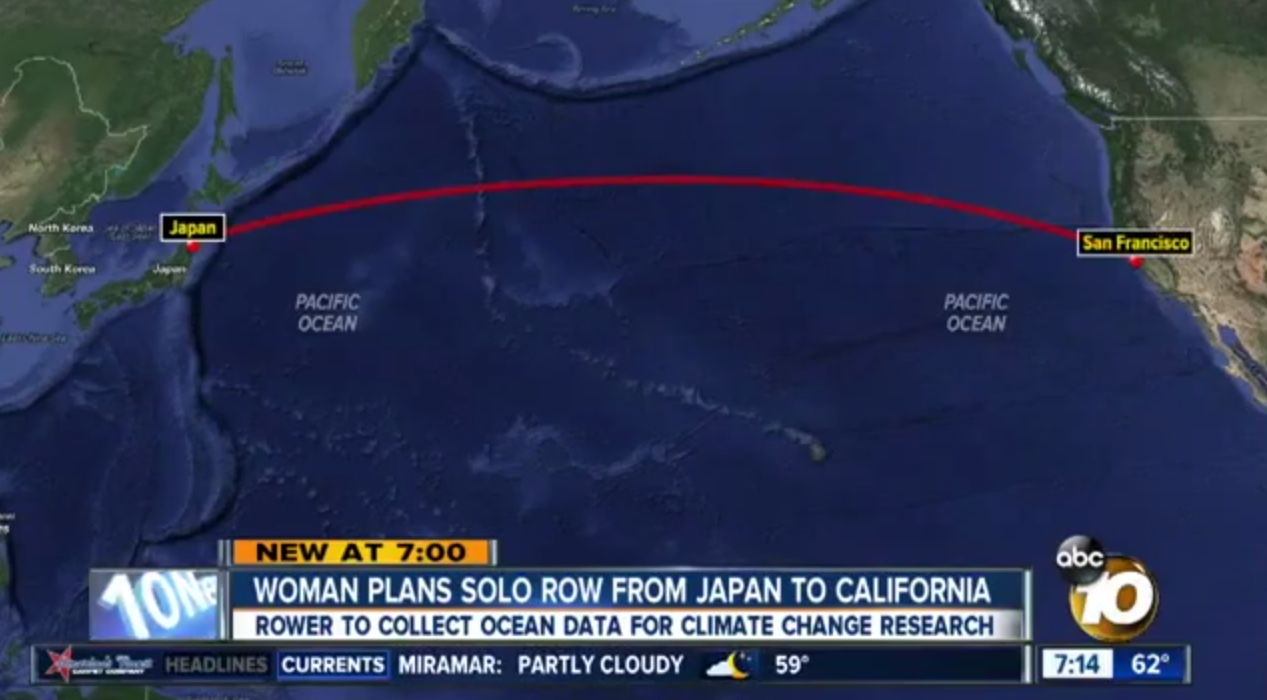Article courtesy | 10news.com – please click HERE for original article | published February 6, 2015
Adventurer Sonya Baumstein is two months away from embarking on a mission of a lifetime.
Baumstein loves the water so much that she is willing to be all alone in it for up to six months. In mid-April, she plans to row across the vast Pacific Ocean from Choshi, Japan to San Francisco.
She hopes to do it in less than 131 days – clocking up to 6,000 miles – in a boat designed by America’s Cup engineers. It is currently being built by her and a crew in Port Townsend, Washington.
“I want this to not just be a crossing for the sake of a crossing,” said Baumstein. “I want it to be something that informs.”
She wants to help advance the science specifically related to climate change and its impact on our weather.
Among the items she will have on board are high tech instruments that will collect data that has never been gathered before about the ocean.
“The earth is 71 percent water. Most of our systems are driven by ocean changes,” said Baumstein.
Along the way, Baumstein will deploy a small and lightweight device called Cast Away designed by SonTek, a San Diego company. It will measure the salinity and temperature specifically at the ocean’s surface.
“This is something so small and compact and you can get data within seconds,” said Britney Jenner, a technical and applications specialist with Sontek.
The Cast Away is much easier to deploy unlike huge research vessels, which are not only expensive but they disturb that critical layer between the deep blue ocean and the air we breathe.
Why is this data so important? A recent reminder is the polar vortex that gripped much of the north central United States late last year. Millions of people were affected.
“Having these are early indicators to what’s going to happen on land,” said Baumstein.
Once on the expedition, Baumstein plans to row three hours on, three hours off. If she finishes, she will be the first woman to row across the Pacific Ocean and the first American.
Baumstein has rowed across the Atlantic once before with a team. This April, she plans to cross the Pacific alone without a chase vessel. She says that will be too expensive, require too much gas and negate the green energy efficiency philosophy of the mission.






